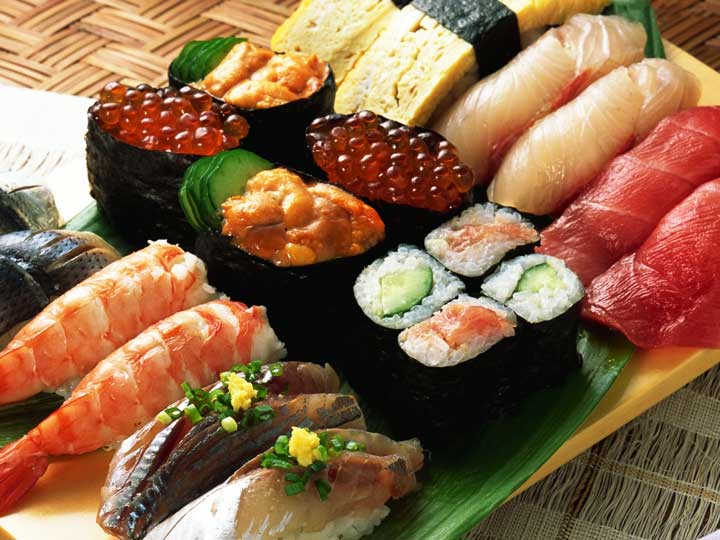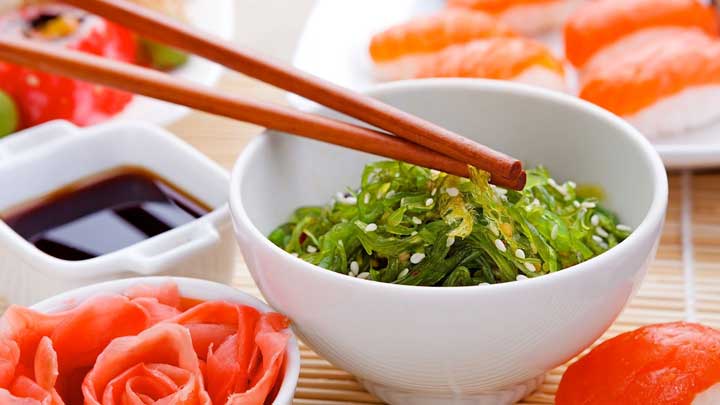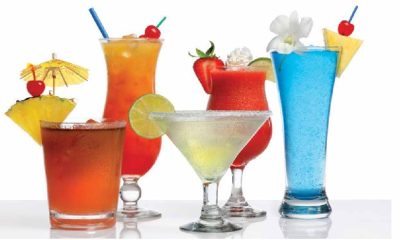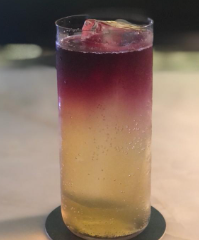Health
Recent Research Finds That A Japanese Diet May Cut Down On The Risk Of Cardiovascular Disease
Does sushi make you go weak at the knees? Will you do almost anything for the perfect piece of sashimi? We feel you. However, the tragedy is that in India, Japanese fare is often outrageously priced; after all, it has a focus on fresh seafood and premium ingredients.
Luckily, recent research gives you the perfect excuse to splurge on sushi; a study has shown that Japanese cuisine can go a long way in reducing your susceptibility to a variety of conditions and diseases.
The Study
The study, published by The BMJ – one of the world’s leading medical journals – included data on over 36,000 men and 42,000 men in Japan. Through questionnaires, the study analysed participants’ eating habits, judging them based on how closely the followed dietary guidelines prescribed by the Japanese government.
After analysing data from follow ups over a 15 year period, it concluded that the participants who followed the recommended diet more stringently had a 15% lower mortality rate than those who don’t. Additionally, people who followed the guidelines were 22% less likely to die of a stroke and develop cardiovascular diseases.
The Japanese Food Guide Spinning Top
So what are these uber healthy Japanese dietary guidelines? In 2005, the Ministry of Education, Science and Culture, the Ministry of Health and Welfare and the Ministry of Agriculture, Forestry and Fisheries in Japan developed the Japanese Food Guide Spinning Top to help people understand better eating habits.
The guide is arranged into a diagram of a spinning top, a popular Japanese toy. The top is divided into five parts; food group layers that depict how much of each food type is necessary and important. The top layer has grain based dishes, such as rice, bread, noodles and pasta, followed by a layer of vegetables dishes and then a layer fish, egg and meat dishes. Milk and dairy products share the bottom later with fruits. The diagram also places water and teas at the top of the top (that’s a mouthful, isn’t it) and highlights the importance of physical activity. It also advises individuals to enjoy snacks, confections and beverages moderately.
In tandem with these suggestions the researchers of the study commented “Our findings suggest that balanced consumption of energy, grains, vegetables, fruits, meat, fish, eggs, soy products, dairy products, confectionaries, and alcoholic beverages can contribute to longevity by decreasing the risk of death, predominantly from cardiovascular disease, in the Japanese population,” the authors wrote.
Can these findings be applied to other populations as well? What do you think?























